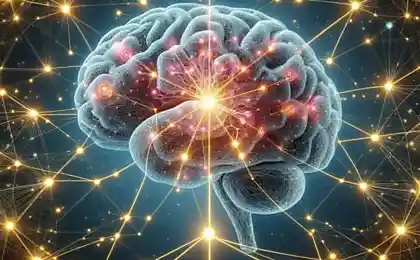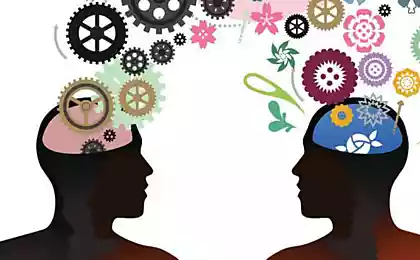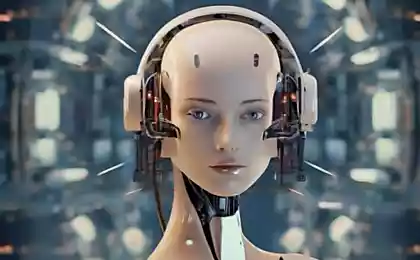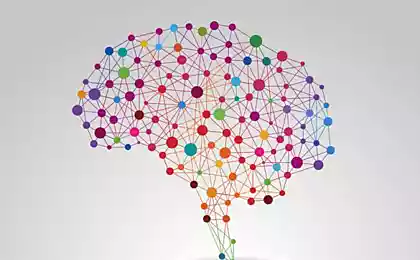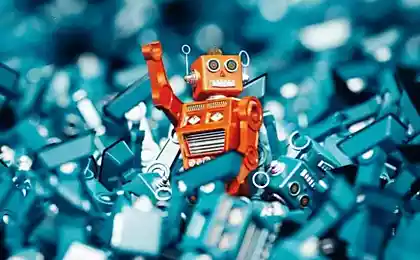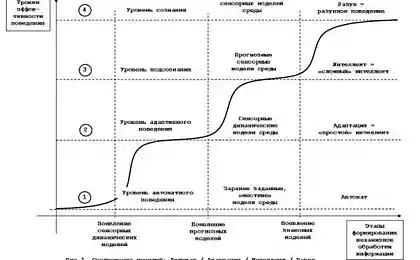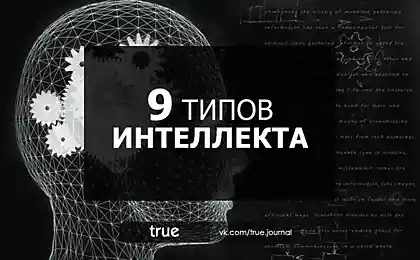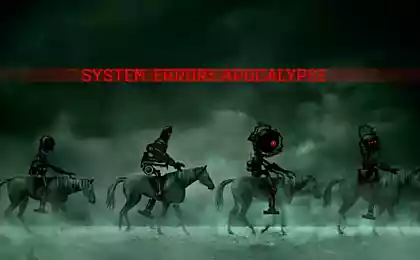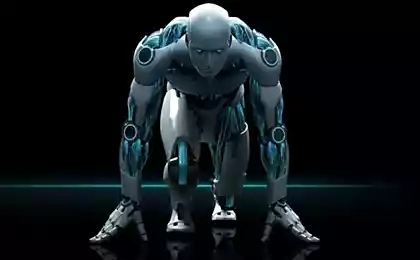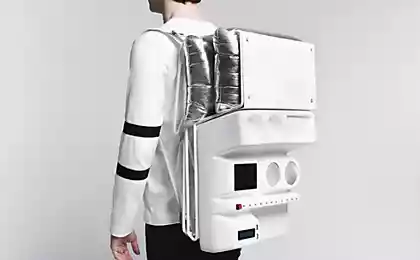469
The Internet of things won't work without artificial intelligence

As the "Internet of things" is gaining popularity in the technology world and the biggest technology buzzwords of the year, discussions on how to make it work. The Internet of things will produce large amounts of data — data that will help cities to predict emergency situations and crime; will give the doctors information in real time, obtained from pacemakers or biochips; optimize performance in a variety of industries; provide critical communication between self-driving vehicles; to provide smart homes with connected appliances.
The opportunities offered by the Internet of things, is truly boundless. But there are questions.
As continues to expand the number of devices and sensors connected to the Internet of things, the amount of data grows to astounding levels. These data contain valuable information — what works well and what does not — indicate conflicts and open your eyes to new opportunities and relationships in different segments.
Sounds great. But the big challenge remains finding ways of analyzing this flood of data. If you have ever tried to find a connection in terabytes of machine data, you know how hard it is. People are just not able to learn and understand all this data — and with conventional methods, even if you reduce the size of the sample, it takes too much time.
To the Internet of things developed, as promised, increase the speed and accuracy of the analysis of large amounts of data. If you do not succeed, the consequences could be disastrous from irritation — when appliances are not working together as planned — until the threat of life — when hundreds of cars do not behave according to plan.
The only way to keep up with the volume generated by the Internet of things data is to include a hidden understanding with machine learning.
Machine learning is already used Machine learning is "suppose computer science and artificial intelligence that deals with construction and study of systems that can analyze the data not only according to pre-programmed instructions."
Although such a definition sounds like science fiction, in everyday life, it is already present. Pandora uses machine learning to determine what other songs you might like; Amazon.com does the same thing with books and movies. Both systems are built on the fact that learn about the user and update with the times, learning more and more about their behavior.
In the case of Internet of things, machine learning can help companies take the billions of data points and boil them into something meaningful. The General principle is quite simple: you need to view and analyze collected data to find patterns or similarities from which something can be retrieved subsequent to the adoption of the best solutions.
For example, wearable devices that monitor your health, yet are part of a growing industry — but soon they will be the devices that are connected between themselves and with the Internet, will monitor your health in real time.
The purpose is that your doctor will be notified when certain conditions are met — your heart rate increases to an unsafe level or even stops, for example. To be able to identify potential problems, data needs to be analyzed from the point of view of what is normal and what is not. Similarities, correlations and abnormalities need to be quickly identified on the basis of data streams in real time. Can it physically do to a man? To view the data of thousands of patients in real time and accurately determine when to send an ambulance? Unlikely.
To analyze the data immediately after collection, pinpointing new and already known patterns of behavior, the machine also needs to know the normal behavior of each patient, and — a critical level of health behaviors.
The implementation of the Internet of things depends on if we can penetrate the essence hidden in the growing sea of data available. Since present approaches are not massturbate to the volume of Internet of things, its future depends solely on machine learning that can discover patterns, correlations and anomalies in data. If we succeed, this will improve almost all aspects of our daily lives.
Source: hi-news.ru


